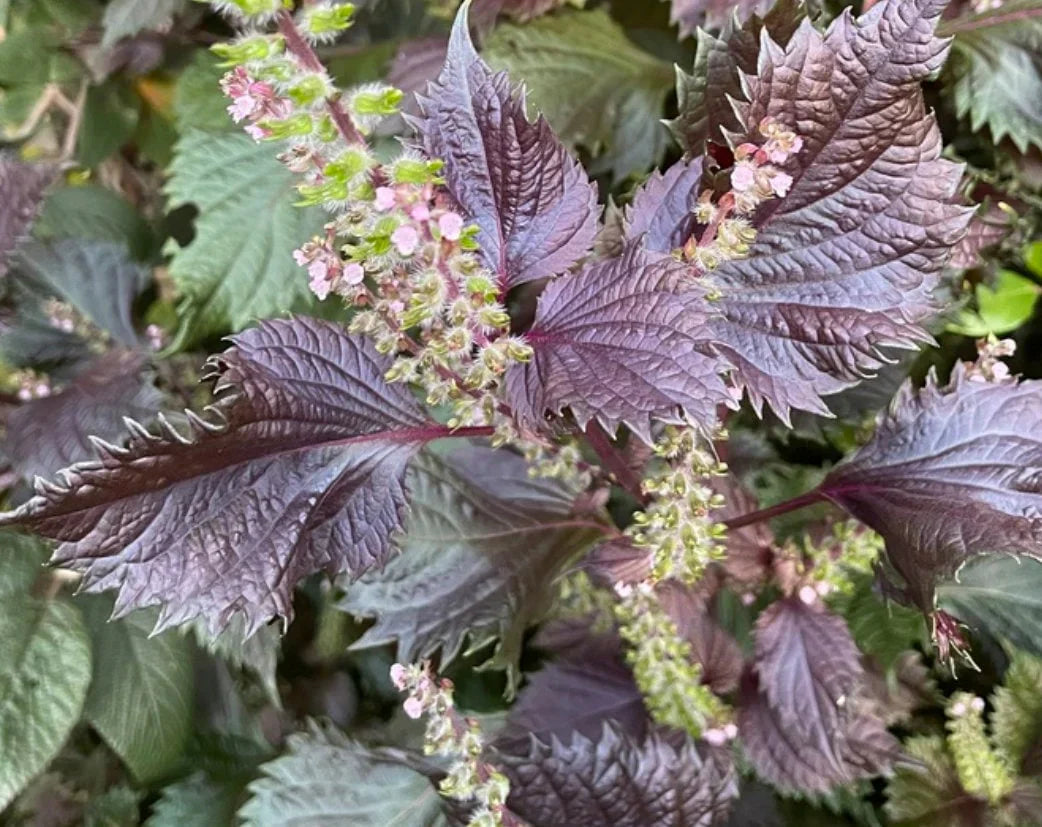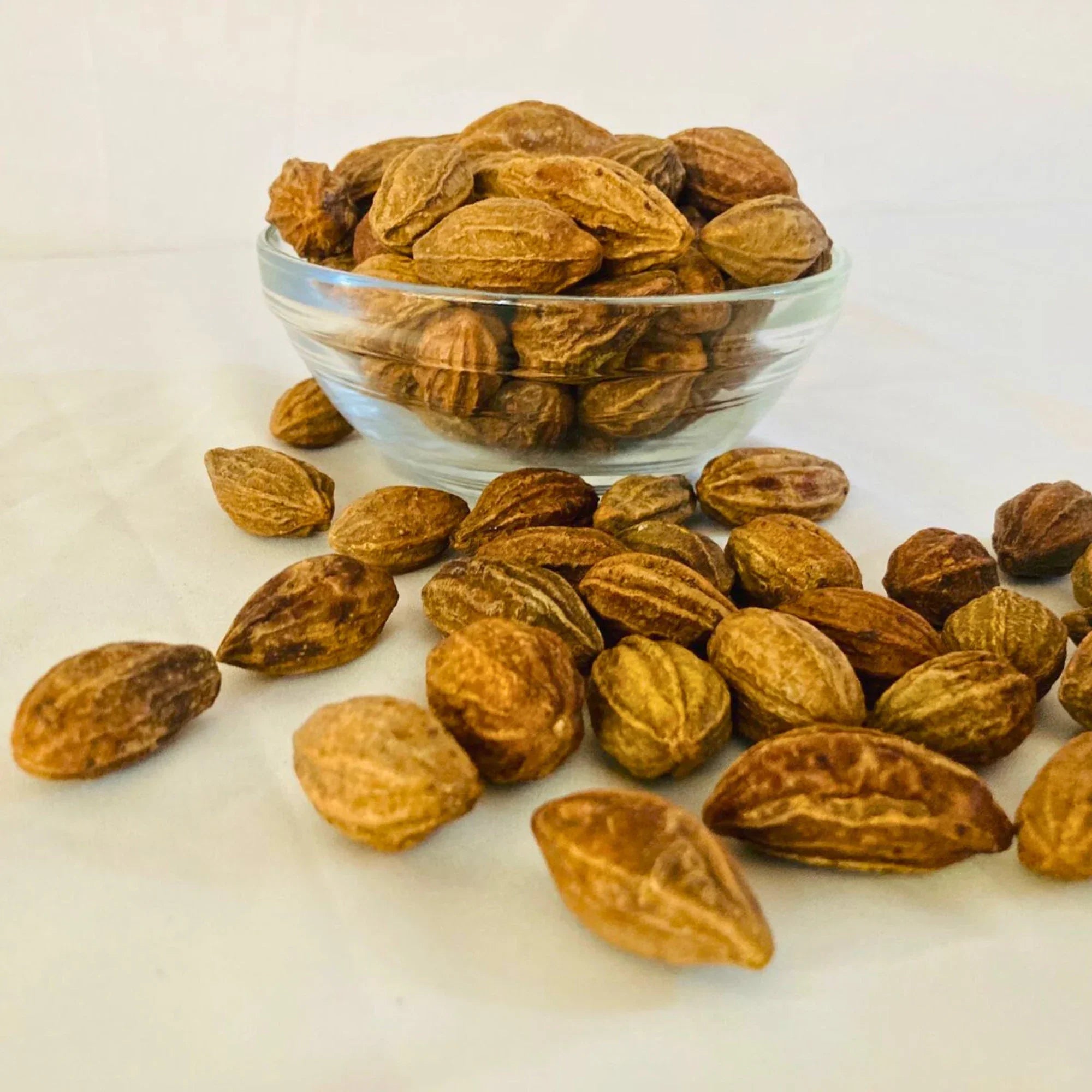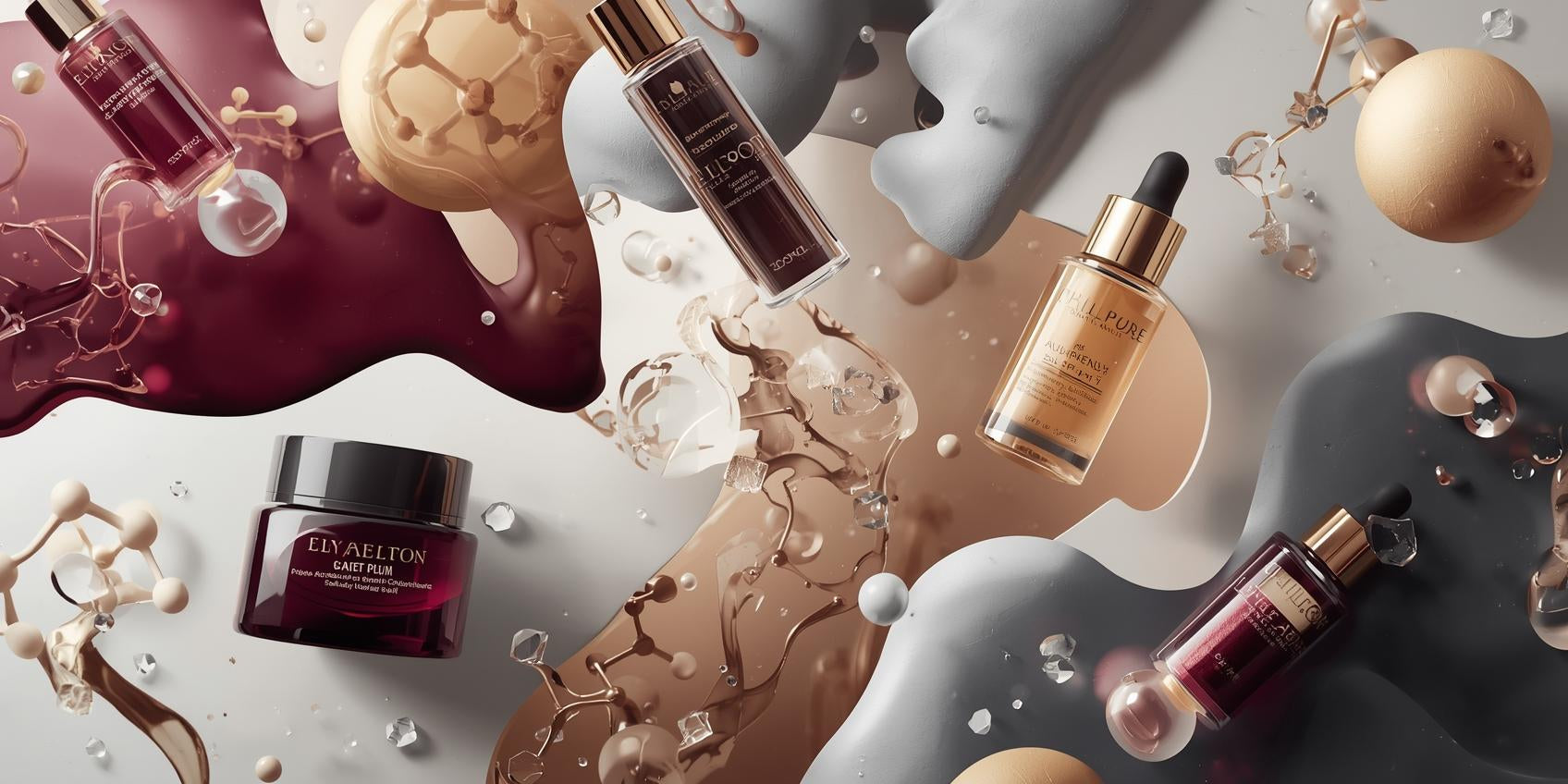Tinospora crispa Extract (often called makabuhay or borapet)—a heritage climber from Southeast Asia that’s earning modern skincare cred. Traditionally prized as a “bitters” tonic, its stem and leaves are naturally rich in polyphenols, alkaloids and diterpenes that deliver everyday antioxidant defence and complexion-comforting benefits. If your skin swings between easily irritated and easily shiny, this is a tidy, no-fuss ally.
It is a woody vine from the Menispermaceae family. In topical care, you’ll typically see water-glycerin or hydro-ethanolic extracts from the stem (occasionally leaf). These extracts concentrate soothing and protective constituents that help skin look fresher, calmer and more even over time.
What it does
-
Antioxidant support: Helps quench the look of environmental stress (UV, pollution), keeping tone brighter and texture smoother.
-
Visible soothing: Great for days when skin feels reactive; helps take the edge off the appearance of redness and discomfort.
-
Clarifying balance: A gentle option for oil-prone or blemish-leaning skin; supports a cleaner, more refined look without the sting of harsher actives.
-
Barrier-friendly hydration: Plays nicely with humectants to reduce the tight, dehydrated feel that often follows over-cleansing.
Sensory & suitability
Expect a light amber to olive tint and a subtle herbal-bitter aroma (normal for “bitters” botanicals). In gels and serums it feels weightless and non-sticky, layering cleanly under SPF and make-up. Suitable for most skin types—particularly combination, oily, or easily flushed complexions. As with any plant extract, patch-test if you’re very sensitive.
Formulation notes
-
Formats: Serums, essences, gel moisturisers, post-sun soothing layers, lightweight lotions.
-
Phase: Add in cool-down of water phase; protect from excessive heat/light.
-
pH window: Works well around pH 4.5–6.5.
-
Compatibility: Teams well with niacinamide, panthenol, allantoin, zinc PCA, low-irritancy vitamin C derivatives and hyaluronic acid.
-
Indicative use level: Commonly 0.5–3% for daily care (supplier spec rules, of course).
Complementary actives
-
Niacinamide to boost barrier and refine look of pores.
-
Green tea or centella to round out the calming, antioxidant story.
-
Zinc PCA for fresh-matte clarity on humid days.
-
Ceramides + squalane to lock in comfort if you’re prone to dehydration.
Scent, colour & aesthetics
Tinospora can nudge formulas a pale tea shade; pair with clear gels or milky lotions for a clean, modern finish. Any herbal note is typically low and won’t linger.
Claims & labelling
-
INCI (typical): Tinospora crispa Stem Extract (or Leaf/Stem Extract per supplier).
-
Positioning: “Antioxidant support,” “helps calm visible redness,” “helps balance the look of oiliness,” “daily environmental defence,” “gentle plant-powered care.”
-
Free-from friendly: Works in fragrance-free, silicone-free and vegan formats depending on the base.
How to use (consumer)
Apply 2–3 drops of a Tinospora serum after cleansing, morning and/or night. Follow with moisturiser; finish with broad-spectrum SPF in the AM. Expect steadier, clearer-looking skin with consistent use.
Responsible sourcing
When possible, look for traceable cultivation or responsibly managed wild-harvests with fair grower partnerships and low-impact extraction.
Properties
Anti-microbial, Anti-bacterial
INCI Name
Tinospora crispa Stem Extract




